Author: Marshall Schott
A few years ago, my local aunt and uncle decided to host an exchange student from Düsseldorf, Germany named Max. At 15 years-old, he was just under the official beer drinking age in Germany of 16, but that didn’t hinder his excitement when he learned not only that I brew my own beer, but that I happened to have a rather familiar style on tap– Altbier.
Despite his youth, Max schooled me on the history of this style and was quick to point out how Altbier is far superior to the pale Kölsch common in the city of Köln just a quick jaunt south of his hometown, “The darker color means it has more flavor, it’s not as boring.” Indeed, Altbier is often made with a decent charge of Munich malt in addition to varying amounts of crystal, chocolate, and/or other roasted malts, and it tends to be noticeably bitter yet not harsh or out of balance. Unlike other crisp German styles, Altbier is known for being fermented at relatively cool temperatures with an ale yeast before going through a more traditional lagering period. The BJCP provides the following description of Altbier:
A well-balanced, well-attenuated, bitter yet malty, clean, and smooth, amber- to copper-colored German beer. The bitterness is balanced by the malt richness, but the malt intensity and character can range from moderate to high (the bitterness increases with the malt richness).
Max has come back for numerous visits since we first met and always brings with him various bottles of fresh Altbier while I always try to have one flowing when he arrives. We’ve done comparisons, his parents have even accompanied him on a few trips, and the general feedback is always quite positive. It’s true that I’ve made numerous batches of Altbier over the years, though I recently wondered how one brewed using Short & Shoddy methods would compare and set out to see for myself!
| BREWING THE BEER |
The recipe of this batch was strongly influenced by one I’ve made a number of times in the past, though relying on the ingredients I had on-hand and, of course, less traditional methods.
Short & Shoddy Altbier
Recipe Details
| Batch Size | Boil Time | IBU | SRM | Est. OG | Est. FG | ABV |
|---|---|---|---|---|---|---|
| 5.2 gal | 25 min | 30.0 IBUs | 15.3 SRM | 1.052 | 1.012 | 5.3 % |
| Actuals | 1.052 | 1.009 | 5.7 % | |||
Fermentables
| Name | Amount | % |
|---|---|---|
| Pelton Pilsner-style Malt (Mecca Grade) | 7.5 lbs | 64.52 |
| Metolius Munich-style Malt (Mecca Grade) | 3 lbs | 25.81 |
| Crystal, Medium (Simpsons) | 1 lbs | 8.6 |
| Roasted Barley (UK) | 2 oz | 1.08 |
Hops
| Name | Amount | Time | Use | Form | Alpha % |
|---|---|---|---|---|---|
| Tettnang | 30 g | 25 min | Boil | Pellet | 4.4 |
| Magnum | 15 g | 25 min | Boil | Pellet | 12.9 |
| Tettnang | 15 g | 5 min | Boil | Pellet | 4.4 |
Yeast
| Name | Lab | Attenuation | Temperature |
|---|---|---|---|
| Kaiser (G02) | Imperial Yeast | 75% | 56°F - 65°F |
Notes
| Water Profile: Fresno tap with a palm of gypsum |
Download
| Download this recipe's BeerXML file |
At 1:19 PM, I started brewing by collecting the full volume of filtered water.
Since I wanted this beer to be perceptibly crisp and dry, I added a dose of gypsum to the water.
When the water was properly heated, I incorporated the milled grain then checked to ensure it hit my target mash temperature.
I then let the mash rest for a brief 30 minutes.
While waiting, I measured out the kettle hop additions.
With the mash rest complete, I removed the grains and boiled the wort for just 25 minutes.
I then quickly chilled the wort with my IC.
A refractometer reading showed the wort was at 12.8 ˚Bx, which is 1.052 OG, indicating a brewhouse efficiency of 66%.
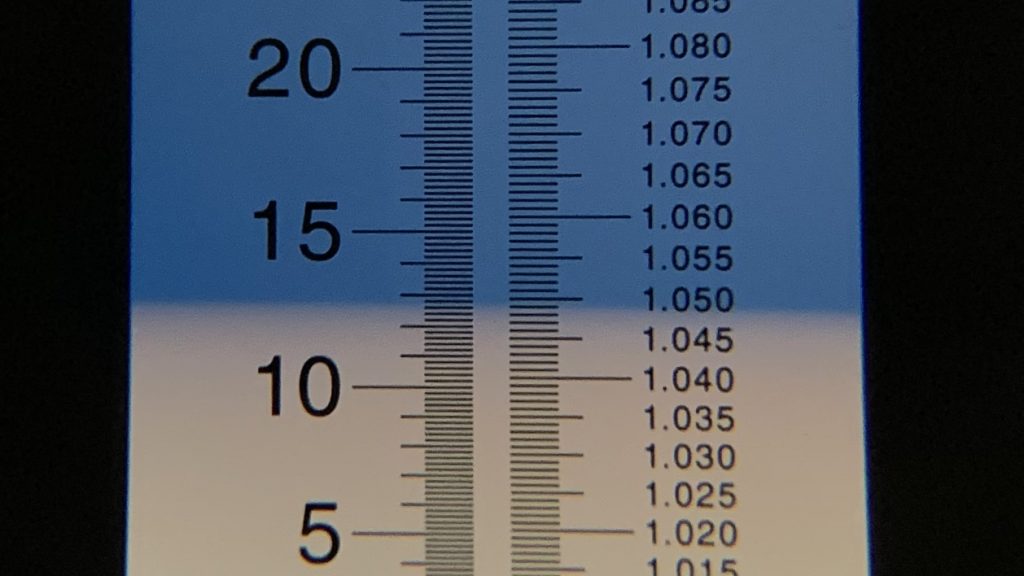
I proceeded to rack the chilled wort to my fermentation vessel.
With the wort sitting at 74˚F/23˚C, I pitched a single pouch of Imperial Yeast G02 Kaiser.
The fermenter was placed in my chamber where it was hooked to my CO2 capture device and left to ferment at 66°F/19°C. The time was 3:21 PM for a total brew day time of 2 hours 2 minutes.
Fermentation activity later that evening, and at 3 days post-pitch, I noticed the kräusen was inching toward the top of the fermenter, something I’ve yet to witness with a 5 gallon/19 liter batch in the 7 gallon/23.5 liter FLEX+ vessel.
It took 2 weeks for the kräusen to die down, at which point I took a hydrometer measurement indicating FG had been reached.
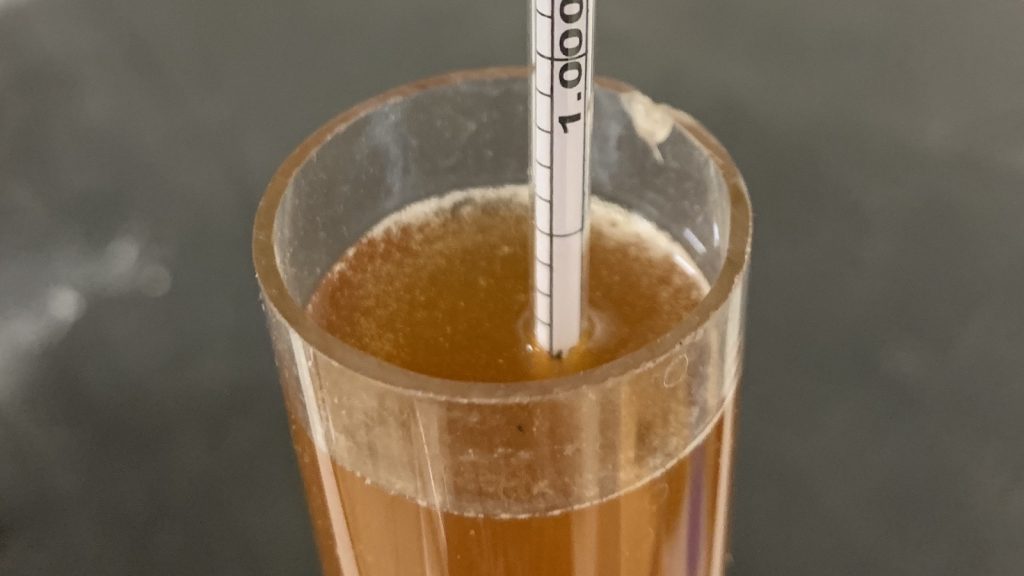
I reduced the temperature in my chamber to 33˚F/1˚C and hit the fermenter with 2 psi of CO2 for an overnight cold crash before adding gelatin fining. The beer sat cold for 3 more days before I proceeded with pressure transferring it to a keg naturally purged with CO2 produced during fermentation.
The beer was placed in my keezer and burst carbonated overnight before I reduced the gas to serving pressure. I allowed the beer to cold condition for 4 days before I completed my first evaluation.
| RESULTS |
Due to social distancing practices as a result of the COVID-19 pandemic, data for this Short & Shoddy beer was unable to be collected in our typical manner. As such, temporary adaptations were made involving the author thoroughly evaluating the beer in as unbiased a fashion as possible.
I completed a series of 3 thorough evaluations that occurred over the course of 2 weeks. My goal in doing this was to condense my most consistent impressions while accounting for any possible outside factors that may have influenced my perception.
APPEARANCE
Gorgeous deep amber color with creamy cap of sticky white foam that left beautiful lacing on the glass. Minimal chill haze that faded completely after about 5 minutes in the glass.
AROMA
Toasty notes were front-and-center in the aroma, reminiscent of white bread toasted just to the point of being burnt. Behind the toast, I perceived hints of sweet wet hay and what I would describe as a generic malty aroma. The floral characteristics of Tettnanger hops also came through, though it wasn’t so assertive as to be distracting. I noticed nothing I would specify as being from the yeast or fermentation in general.
FLAVOR
Similar to other beers I’ve brewed with Mecca Grade Estate Malt’s Metolious, I perceived a very pleasant graham cracker flavor in this Altbier, which worked quite well with the caramel and roasted notes. Curiously, I consistently detected more hop spiciness, subtle as it was, and less floral in the flavor than in the aroma. A more bready flavor lingered on my palate in a way that was quite enjoyable. I noted no off-flavors in this beer at all.
MOUTHFEEL
Despite the lower FG of this beer, it had a medium-light body that maintained an element of crispness without being too thin or watery. Moreover, while the aftertaste did linger a bit, I did not perceive any unpleasant stickiness I often get from beers with such characteristics. I wouldn’t describe the bitterness as being too assertive, but it was high enough to cut through the rich malt flavor and provide balance.
OVERALL IMPRESSION
This recipe was modeled rather closely off of one I’ve brewed numerous times in the past, so I had some sort of standard by which to compare it. Ultimately, this version had its differences, though certainly not in a negative direction and nothing I would associated with the brewing process. Rather, I perceived certain flavors I’ve come to associate with Mecca Grade Estate Malt that may have been absent had more traditional ingredients been used, but again, I was quite pleased with how this Altbier turned out and felt it maintained stylistic integrity.
| CONCLUSION |
As far as German beer styles go, Altbier is unique in that it’s typically fermented on the cooler end of the range with an ale yeast to produce a clean, crisp, and drinkable lager-like beer. While this may sound a bit shoddy, traditional methods for brewing this style often involved laborious decoction mashes and extended lagering.
With numerous batches of Altbier under my belt using a more conventional approach, I was curious to see how one would turn out if brewed with a bunch of corners cut including an abbreviated mash and boil, warm pitching temperature, and a reduced lagering phase. In the end, I’d have to say none of the corners cut seemed to negatively impact that beer, as I perceived none of off-flavors one might expect from such a shoddy approach. While I perceived some unique characteristics in this Altbier from those I’ve made in the past, I believe that came from the use of craft malts and personally appreciated what they contributed to the beer, namely the toasty malt character.
Altbier is one of those styles I’ve been a fan of for quite awhile, as it pairs many of my favorite beers characteristics– malt flavor, bitterness, noble hops, and drinkability. In thinking what I would change with this particular Short & Shoddy recipe, nothing on the process side came up, though I might reduce the amount of crystal malt by half and replace it with more Pelton to amplify the bready notes.
If you have thoughts about this Short & Shoddy brew, please feel free to share it in the comments section below!
Support Brülosophy In Style!
All designs are available in various colors and sizes on Amazon!
Follow Brülosophy on:
FACEBOOK | TWITTER | INSTAGRAM
If you enjoy this stuff and feel compelled to support Brulosophy.com, please check out the Support page for details on how you can very easily do so. Thanks!



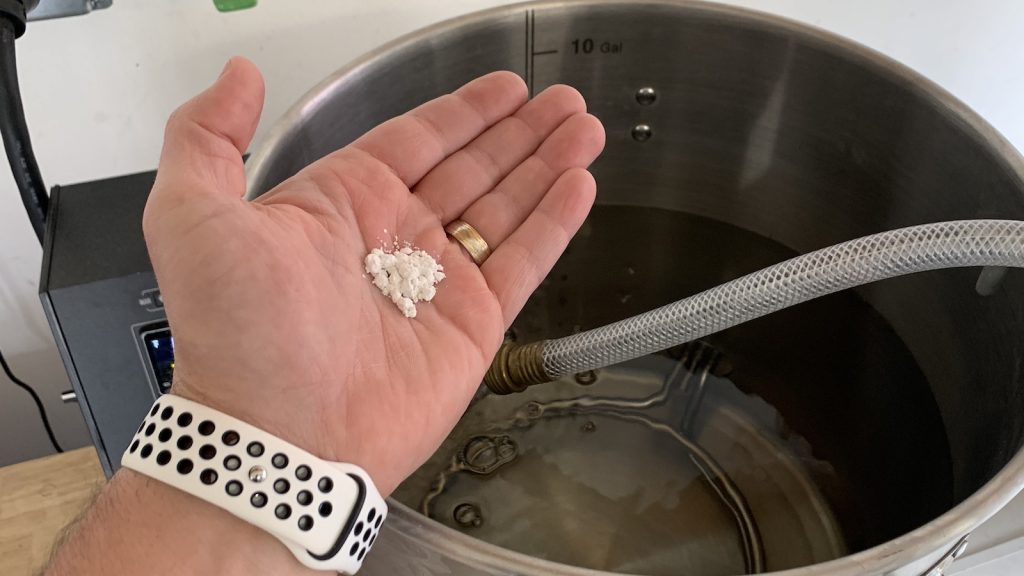
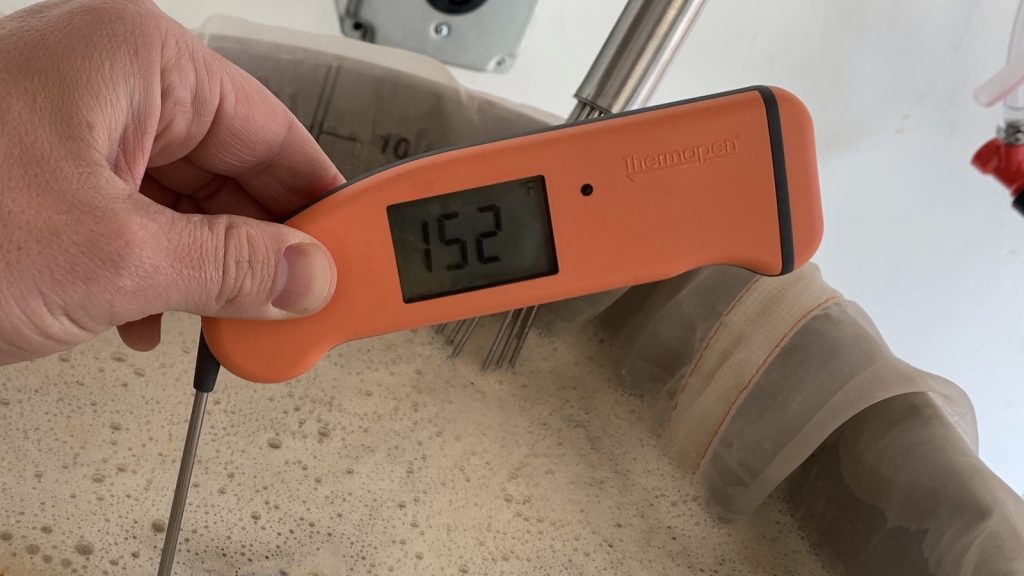
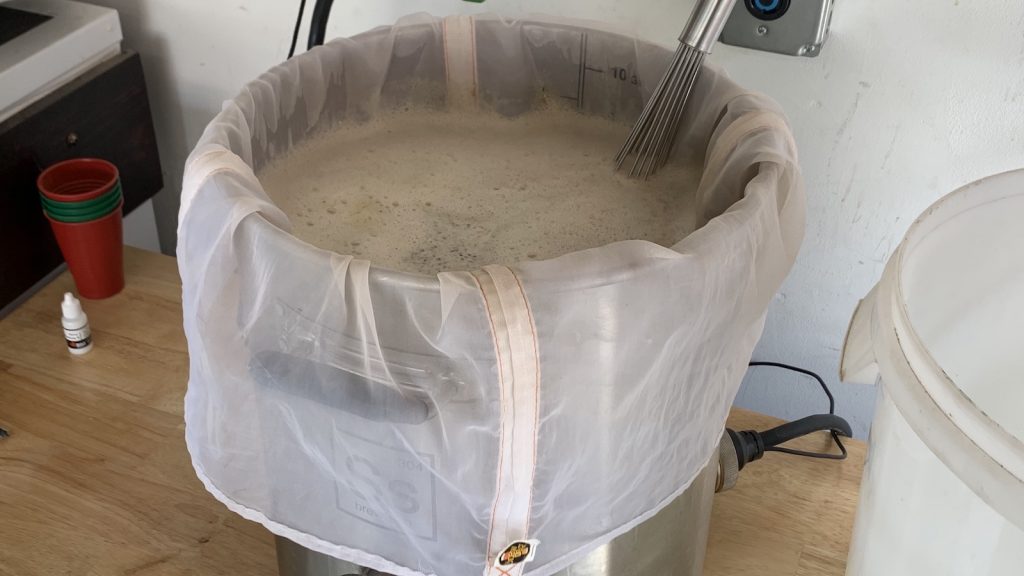
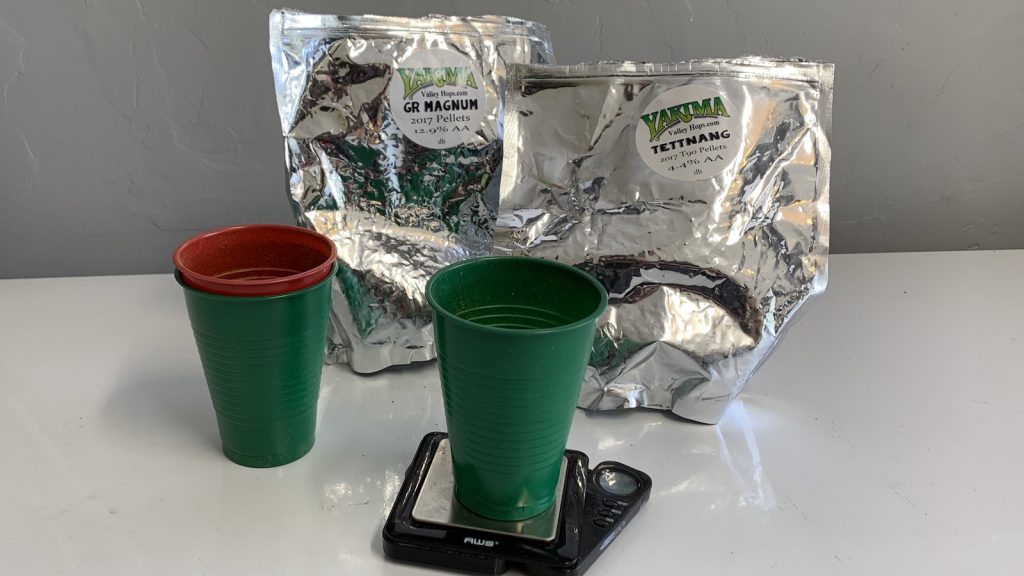
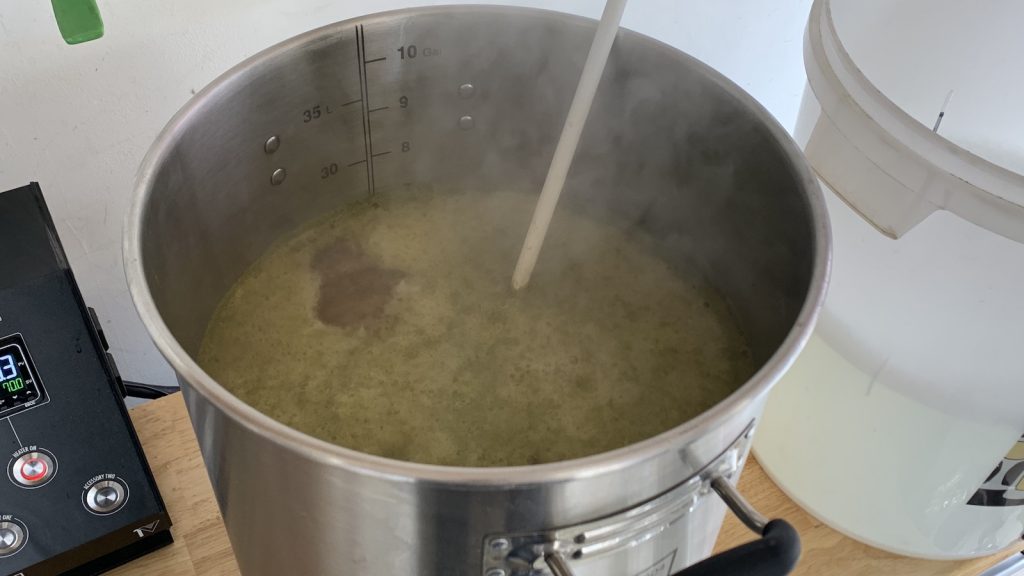
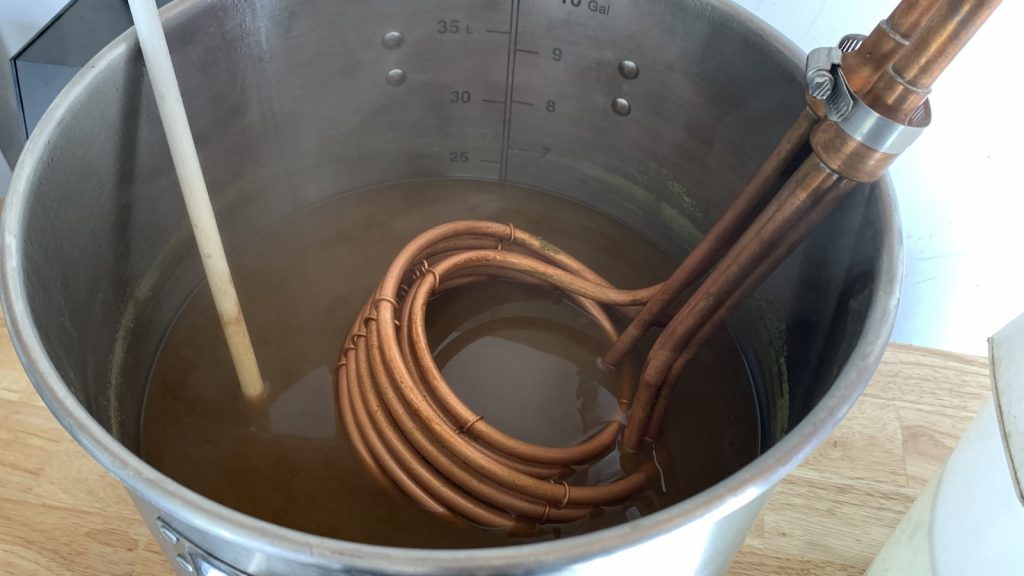
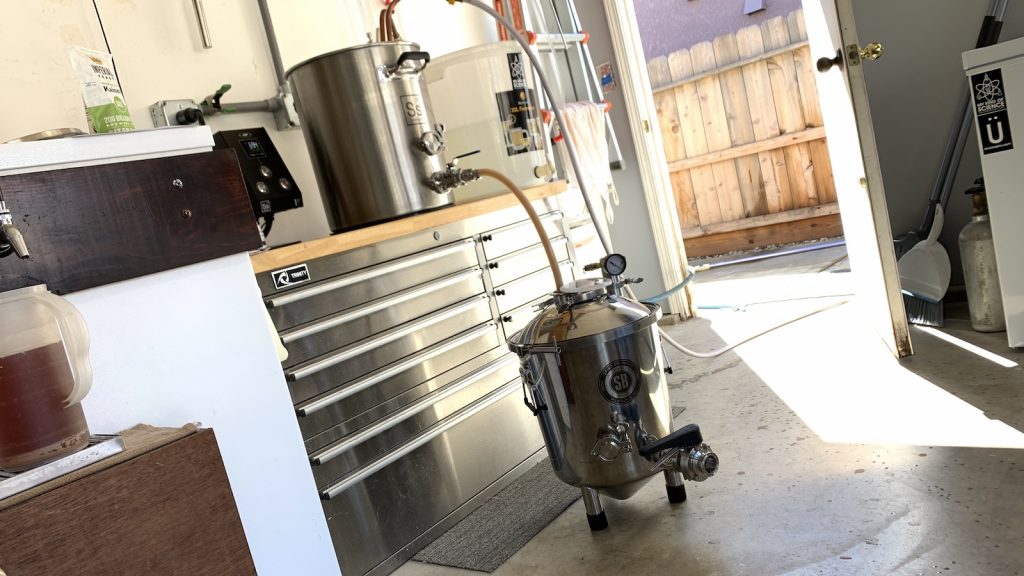
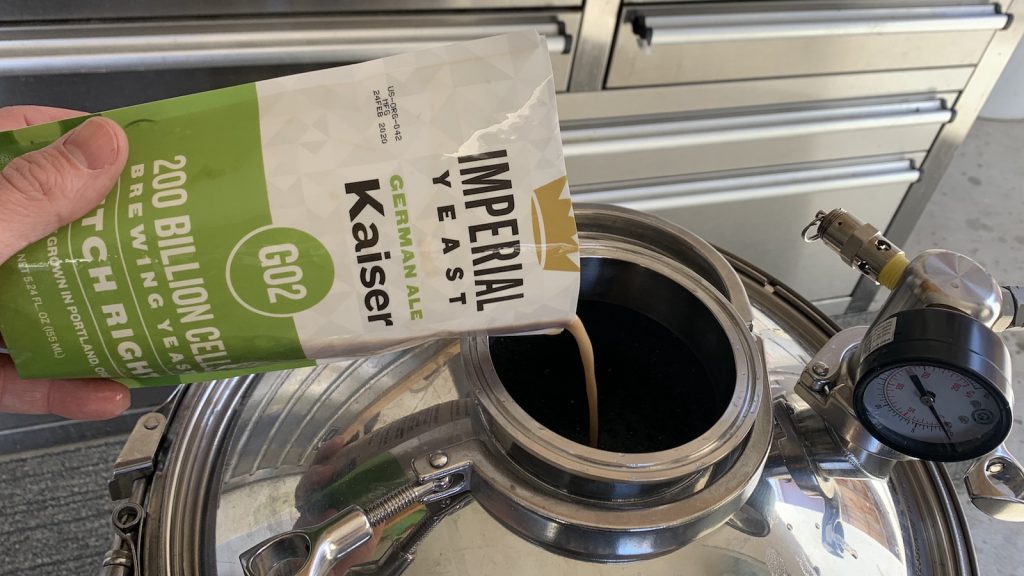
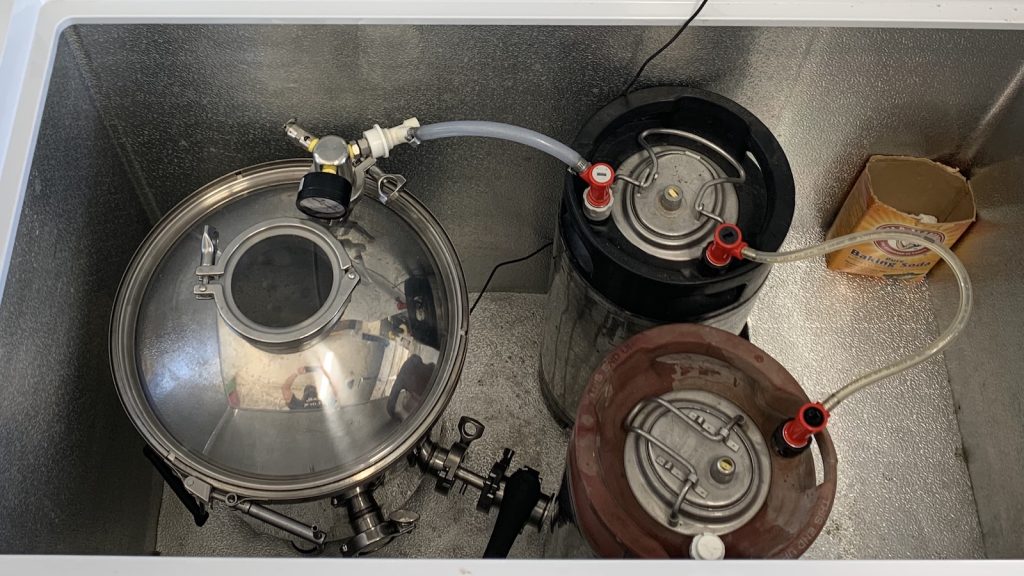
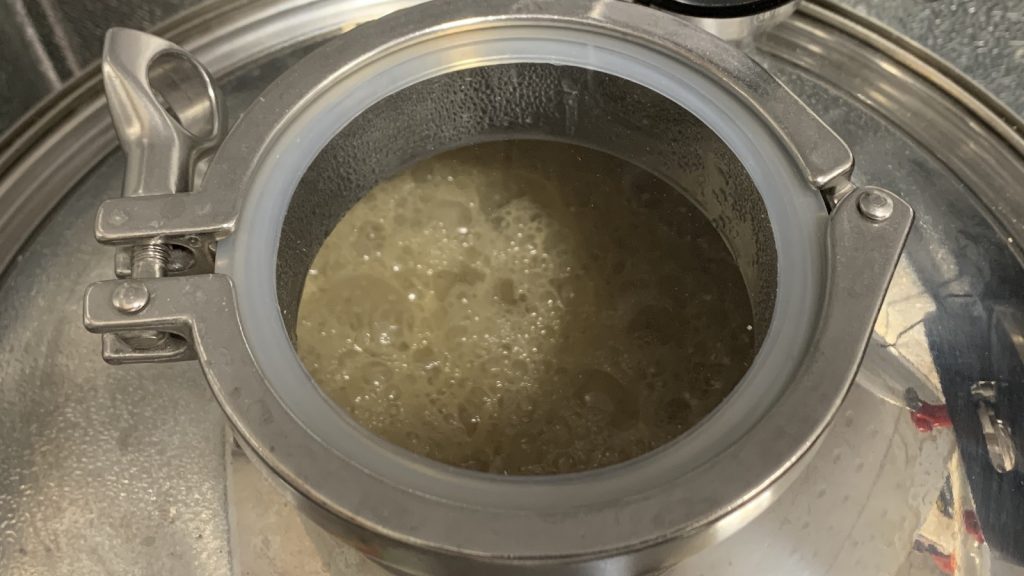
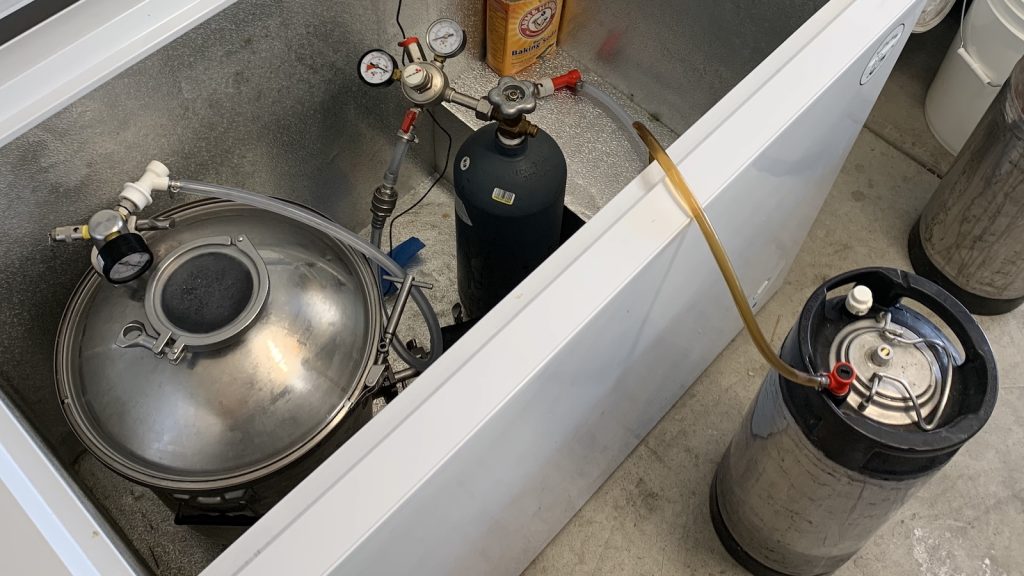
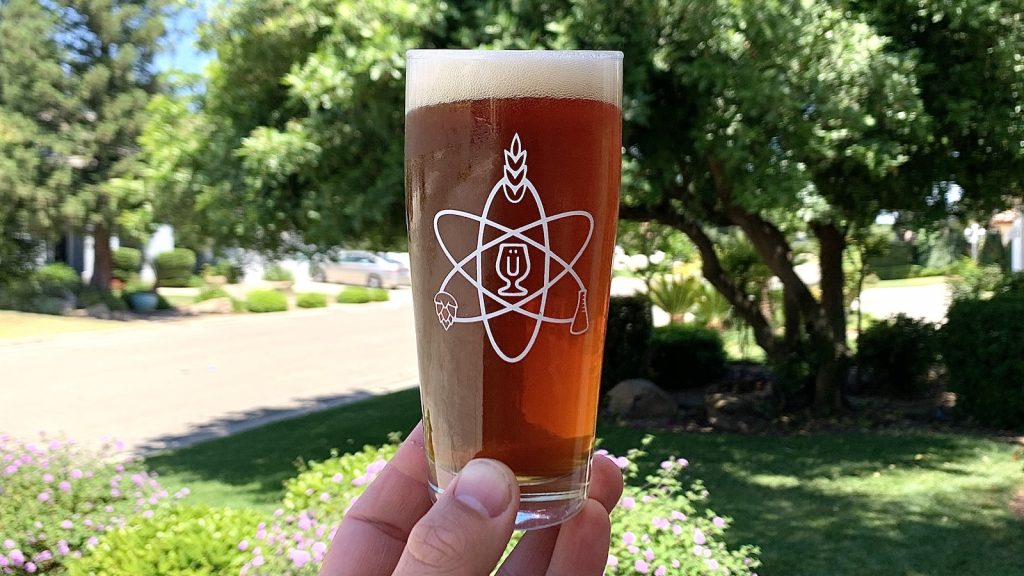











7 thoughts on “Short & Shoddy | Altbier”
I used Imperial G02 for a beer I am getting ready to package and experienced the same situation with the krausen taking two weeks to start falling. Is that common with this yeast?
Sounds like my experience from a couple years back. It was a very nice beer and well worth the wait.
Alt bier (and Kölsch) are fermented at normal ale temperatures (20oC) in both Cologne and Düsseldorf traditional breweries. The difference is that both beers are lagered for at least 4 weeks. Hence they are called Lager Obergäriges Bier in Germany (lager top fermented beers)
Hi Linus, ive been making and reading about kolsch for a long time now and have never come across this before – do you have any resources on breweries fermenting at 20*C? English or German are both fine for me.
What kind of carbon capture system do you use? How does it work? This is the first I’ve ever heard of one.
I agree! It looks interesting and haven’t seen something set up that way. PLEASE ELABORATE, MARSHALL!
Roasted barley i an absolute no-go in German beers as this strictly is against Reinheitsgebot. Use chocolate malt instead and if possible add it later to the mash in order to avoid too much roasted arome.